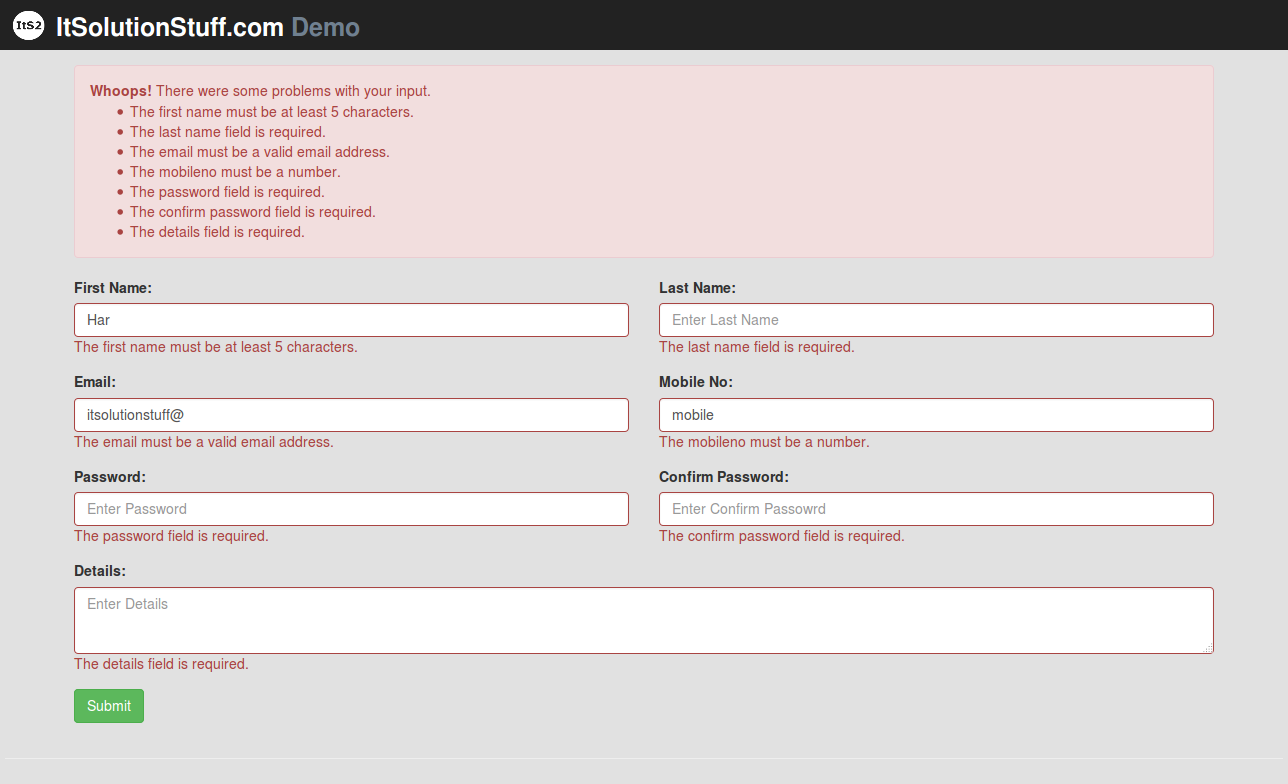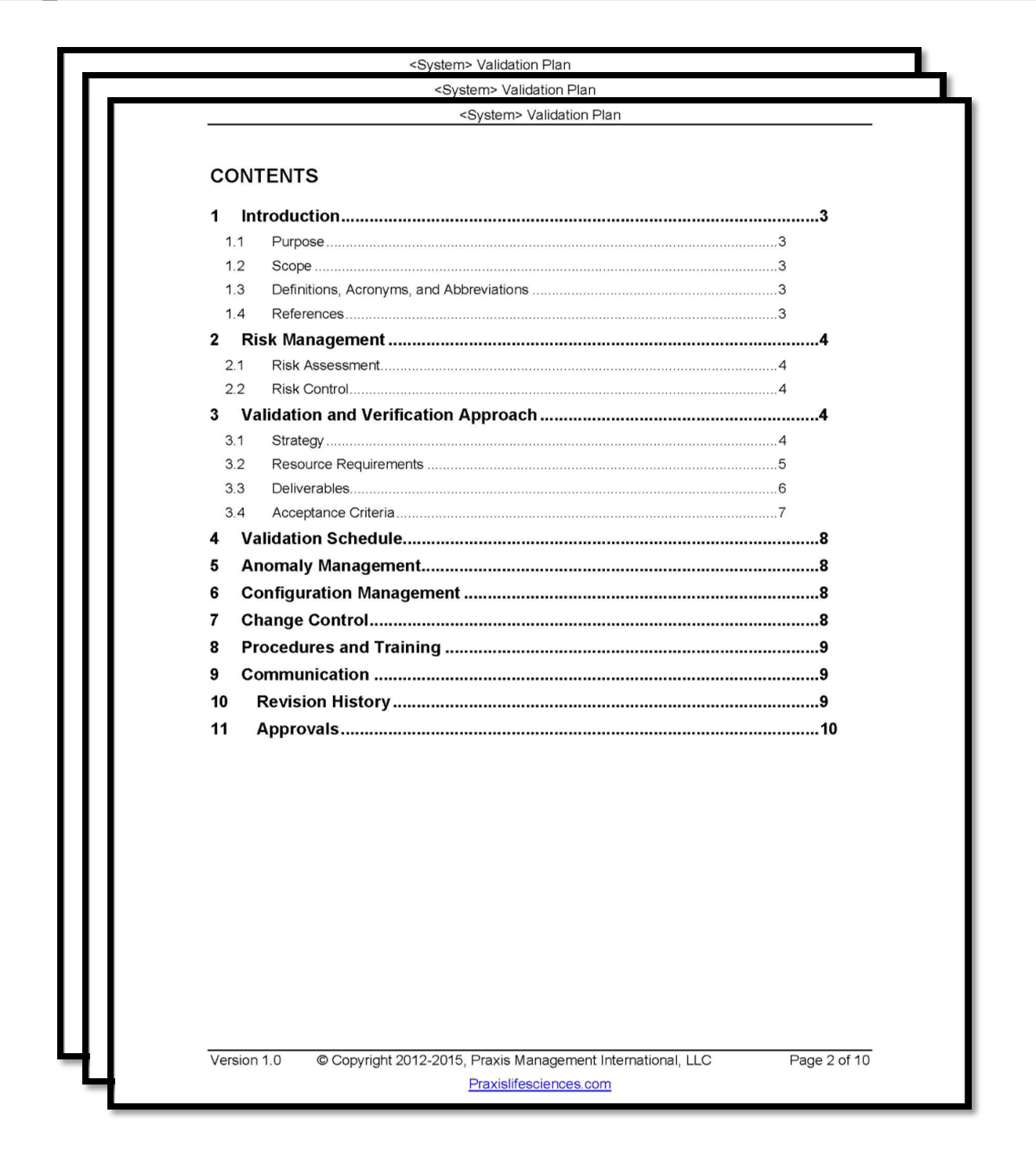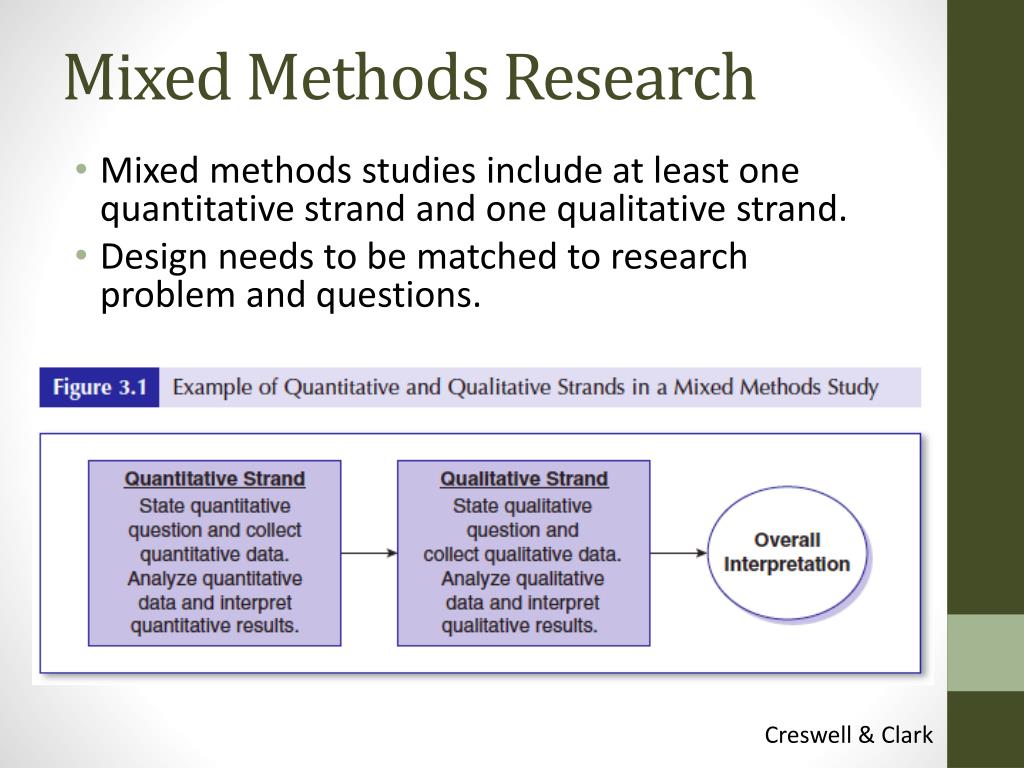Table Of Content

Marginalized users would consider factors that other users wouldn’t, such as accessibility features like the dimensions of a doorway or the terrain of a sidewalk. Without sufficient data, we risk creating solutions to problems that don’t exist. Or, we design user experiences that don’t put the user’s needs at the forefront. As UX designers, we often rely on data to support our decision-making, ensuring our decisions align with user needs.
Medical Device
When faced with a complex problem space or opportunity area, countless unknown factors come into play. Designers can base decisions on assumptions, but that runs the risk of ignoring actual user needs. But post-market information, such as nonconformances, customer feedback, or corrective and preventive actions (CAPA) might necessitate a change to the design after your product is on the market. For instance, one of your user needs may be that the user must be capable of operating the device with one hand. But that single user need may generate several design inputs related to size, weight, and ergonomics, just to name a few.
Reggie Bush and USC get Heisman Trophy back 14 years after it was forfeited
Includes final report, with test results and traceability, ready for regulatory review. By the way, the table above also shows the traceability between user needs and test cases. This trace matrix provides part of the V&V evidence that the FDA requires. Interviews can be a stressful experience, but effective communication skills can help you ace the interview and land the job. Furthermore, your design should incorporate fewer changes to allow estimating each design decision separately. Otherwise, it will be difficult to establish what’s working and what’s not.

Common verification and validation mistakes to avoid
It helps paint a realistic picture of how users are experiencing the product while identifying gaps in the experience that you may have overlooked or require a better solution. At later stages, high-fidelity digital prototypes and early product iterations are key to understanding how users will interact with your final product. The most important thing you need to know about the design validation process is that it has to include actual production units, and they need to be tested under the specific, intended environmental conditions. You should also have intended end users of the device test it during these validation tests. The goal is to ensure it works as they need it to, under the conditions they need it to.
For instance, you might need to validate your checkout process design and understand why users might be abandoning their shopping carts. Before the app is launched, the design will need to be verified to make sure it meets the design specifications and that the outputs of the design are as expected. Validates that the design meets the needs of both the users and the business.
Design, Quality and Validation of the EU-OPENSCREEN Fragment Library Poised to a High-Throughput Screening ... - Universitetet i Bergen
Design, Quality and Validation of the EU-OPENSCREEN Fragment Library Poised to a High-Throughput Screening ....
Posted: Wed, 14 Feb 2024 08:00:00 GMT [source]
New IC Design and Validation Tool Powered by AI - ENGINEERING.com
New IC Design and Validation Tool Powered by AI.
Posted: Thu, 20 Jul 2023 07:00:00 GMT [source]
Verification – confirmation by examination and provision of objective evidence that specified requirements have been fulfilled. Qualification – A testing protocol designating that a system meets a defined collection of requirements. “It can be tempting to put it off, but don’t wait to build your trace matrix!
Specific FDA Requirements for Design Verification and Design Validation Activities
Planning and executing design verification and validation requires a deep understanding of the relationships between design controls. And if you’re using a paper-based QMS to keep track of all your work, it’s impossible to step back and see the full picture. This is one of the reasons design validation and verification are easy to mix up. Your design inputs—those physical and performance requirements—are derived from your user needs.
Says Megan, “Early development of test methods can shed light on technology issues before they become major obstacles.” Early test development can also provide test tools. These can then be used to speed the product development process as well as provide test evidence during formal testing. Design verification provides evidence (test results) that the design outputs (actual product) meet the design inputs (product requirements and design specifications). Depending on the item being verified, a test case or test suite would be run, or an inspection or analysis done to provide the required evidence.

It’s a potent method but takes time for the data to aggregate and needs developers to help you implement the A/B testing. Heatmaps are visual representations of how users interact with your product. That’s why once in doubt, have your designer friend or a colleague take a look at your work. See how design choices, interactions, and issues affect your users — get a demo of LogRocket today.
Experience the #1 QMS software for medical device companies first-hand. The verification process applies to every feature or specification of the product. V&V Plan – A plan defining the requirements to be verified and validated, and the manpower, responsible individuals, tools, methods, resources, and schedule for the V&V effort.
A typical design process for a complex electromechanical product includes multiple concepts, each one supported by a stack of exploration sketches, a series of physical mockups, and a set of 3D renderings. In this guide, you’ll learn how rapid prototyping fits into the product development process, its applications, and what rapid prototyping tools are available to today’s product development teams. Finally, don’t forget that design validation must include packaging and labeling, too.
Earlier I used the example of a user need for which a device must be capable of one-handed operation. With that distinction in mind, let’s take a closer look at both design verification and design validation, and how you can successfully execute both during product development. Both design validation and verification contribute to the success of a product by guiding teams to focus on the right things. The continuous loop of gathering user data and applying insights to the next design iteration leads to better user outcomes, which translates to business success. We can mitigate these risks through design validation and verification. Validating assumptions through discovery leads to a more thorough understanding of the problem space.
During DVT, the engineers perform debugging and denoising to develop the first hard tool for every component to verify yield requirements. However, since product design testing is an ongoing process, you should combine different methods throughout the full product lifecycle. The importance of a comprehensive PRD, a well-planned prototyping approach, and analyses in the early stages of product development to prevent intensive changes down the line cannot be overstated. Neither can the satisfaction that it brings to open the first master carton fresh from the assembly line and see the fruits of months if not years of hard work. The final stage in the evolution of product maturity is the ramp-up towards mass production (MP).
It’s entirely possible to have your design outputs meet your design inputs perfectly—and end up with a device that doesn’t meet your user’s needs. Design Verification is a method to confirm if the output of a designed software product meets the input specifications by examining and providing evidence. The goal of the design verification process during software development is ensuring that the designed software product is the same as specified.
Similar to ISO standards, the FDA also has comparable requirements for design validation. It is evident that validation activities must be carried out on the final devices, and a clear justification for the chosen sample type must be provided. It is important to emphasize that this requirement applies to all forms of validation activities, including clinical validation. Each stage is also necessary to produce a quality product that meets your customer’s needs. Even if you are not building a consumer product, you may want to consider using a validation-based phase-gate approach in your development. This approach ensures an optimal trajectory towards mass production and uses minimum resources.

No comments:
Post a Comment